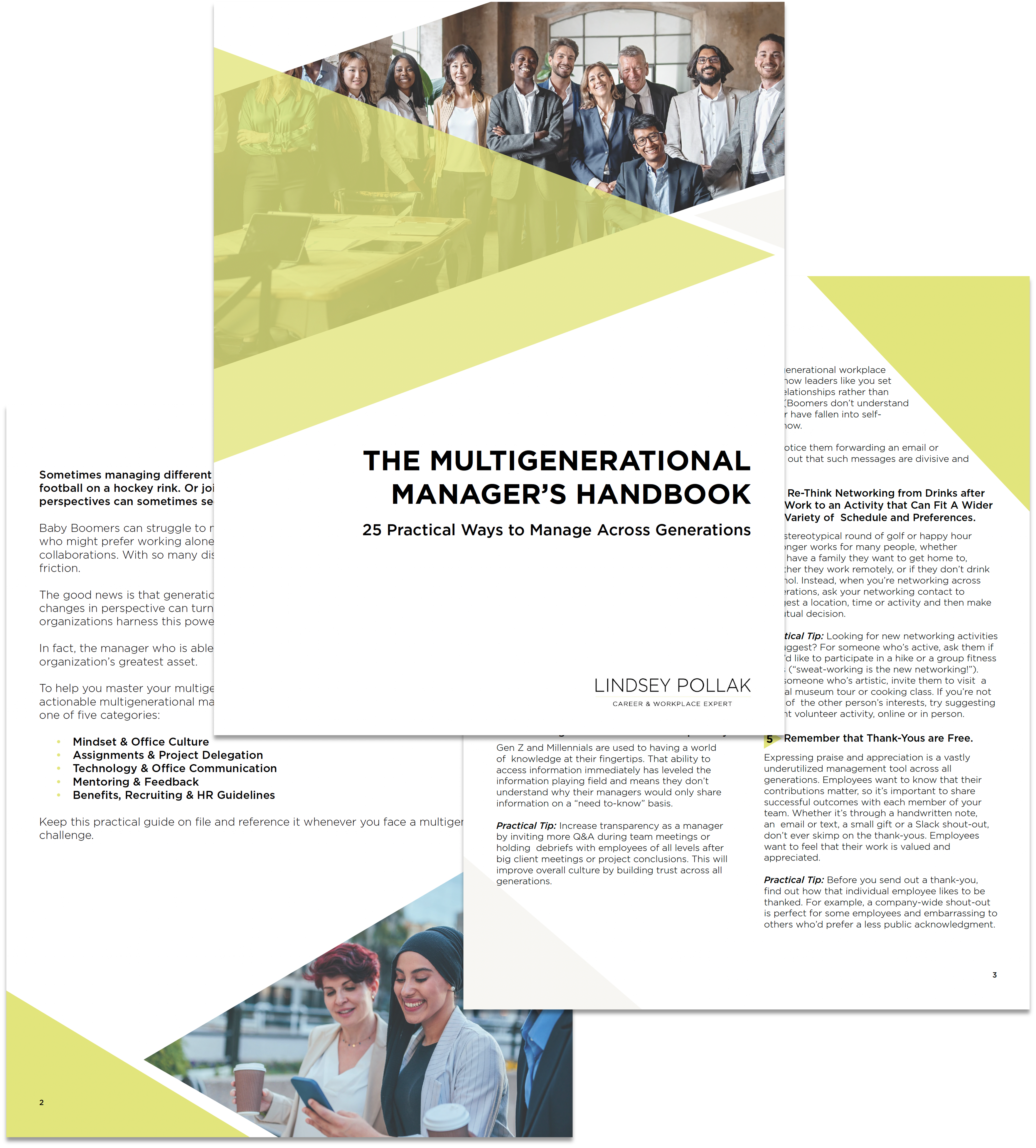Congratulations, graduates, and welcome to the Real World!
First, the good news: Employers are expected to hire 10.2 percent more college graduates this year than they did from the Class of 2011, according to the National Association of Colleges and Employers.
The bad news? It’s still a really tight job market for young people, with one of every two recent grads either unemployed or underemployed.
How can you be among the fortunate ones? As someone who has guided college students to careers for the past ten years, I can tell you that it takes hard work, persistence and — perhaps most important — the guts to step out of your comfort zone. Here are some tips on how to use LinkedIn to be a courageous post-college career seeker:
1. Show your stuff. While resumes are limited to one page of standard-format, bullet-pointed information, your LinkedIn profile can go way beyond the basics. The information on your resume and profile definitely need to match (job titles, employment dates, key accomplishments, etc.), but think about LinkedIn as an expanded portfolio of who you are and what you can do professionally. Include a well-written, confident summary statement both to explain what you offer to employers and to show your written communication skills. Beneath that, fill your Specialties area with keywords representing all the skills you gained during your college years.
Next, don’t be shy about including all professional experience you have, even if that experience was unpaid or part-time, such as a spring break internship or after-school tutoring. If you don’t have much paid work experience, you can showcase volunteer work, school projects, internships and extra curricular activities.
Add additional sections to your profile in areas where you particularly excel, such as standardized test scores, volunteer work, honors or awards, or a creative portfolio of your visual work.
Finally, collect a few recommendations from professionals who are willing to publicly sing your praises, such as a professor, an internship manager or a boss from your summer job. Just remember to ask each person to vouch for you in specific and professional terms, such as “Robert demonstrated excellent attention to detail and budgeting skills as head of the student government fundraiser,” rather than “Robert is a great person and very smart.”
Although it may feel weird, it’s okay to prompt your recommender with a few bullet points of what to include in his or her recommendation (once that person has agreed). And remember that you have to be connected to a person on LinkedIn to request a recommendation (see the next tip for strategies on growing your network).
Read the rest of this post on the LinkedIn Blog…
Image: iStockphoto.com

